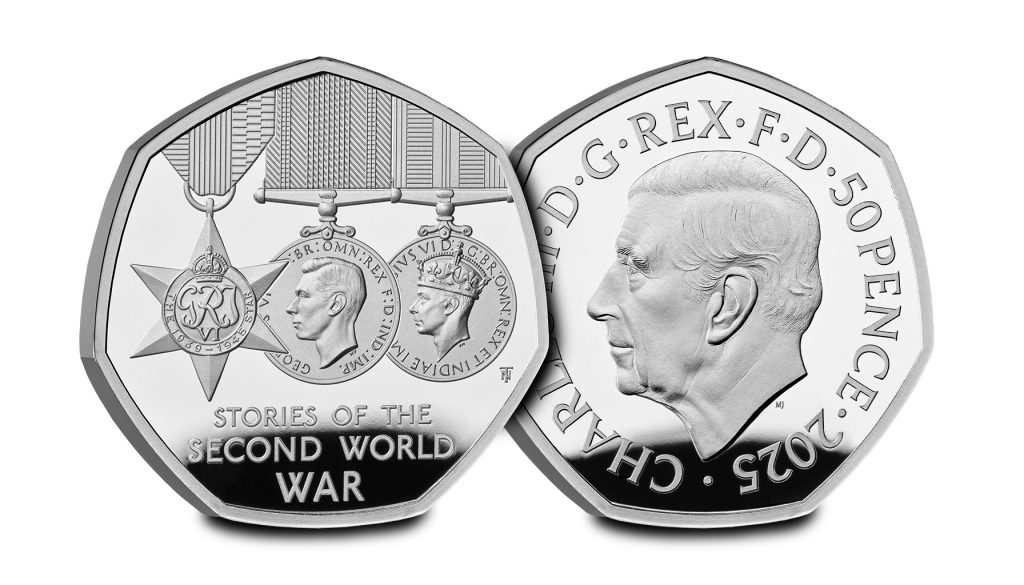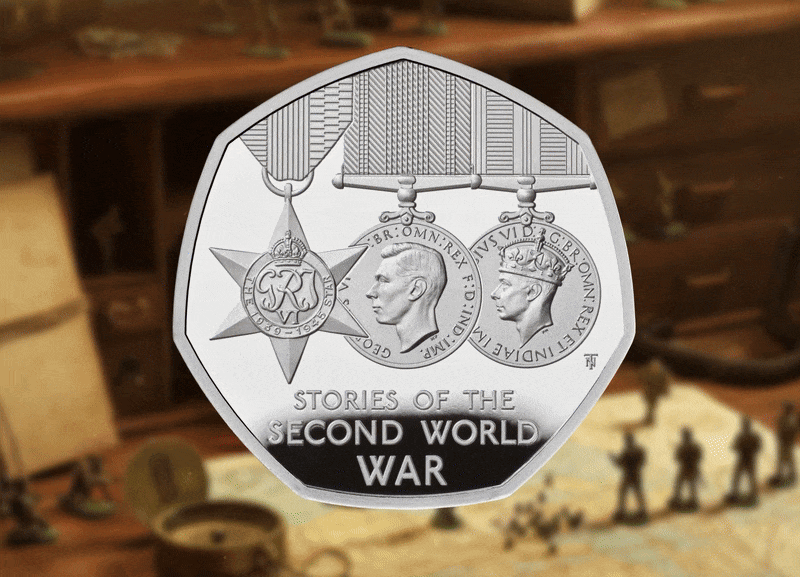Second World War
The Dambusters Raid: A Defining Moment of WWII History
In the dark early hours of May 16-17, 1943, a daring mission was underway—one that would change the course of the Second World War and etch the name “Dambusters” into military history.
Known as Operation Chastise, this audacious air raid targeted key German dams, aiming to cripple the industrial heartland of the Ruhr Valley. Now, over 80 years later, we continue to honour the courage and sacrifice of the men who took part in one of the most iconic operations of the Second World War.
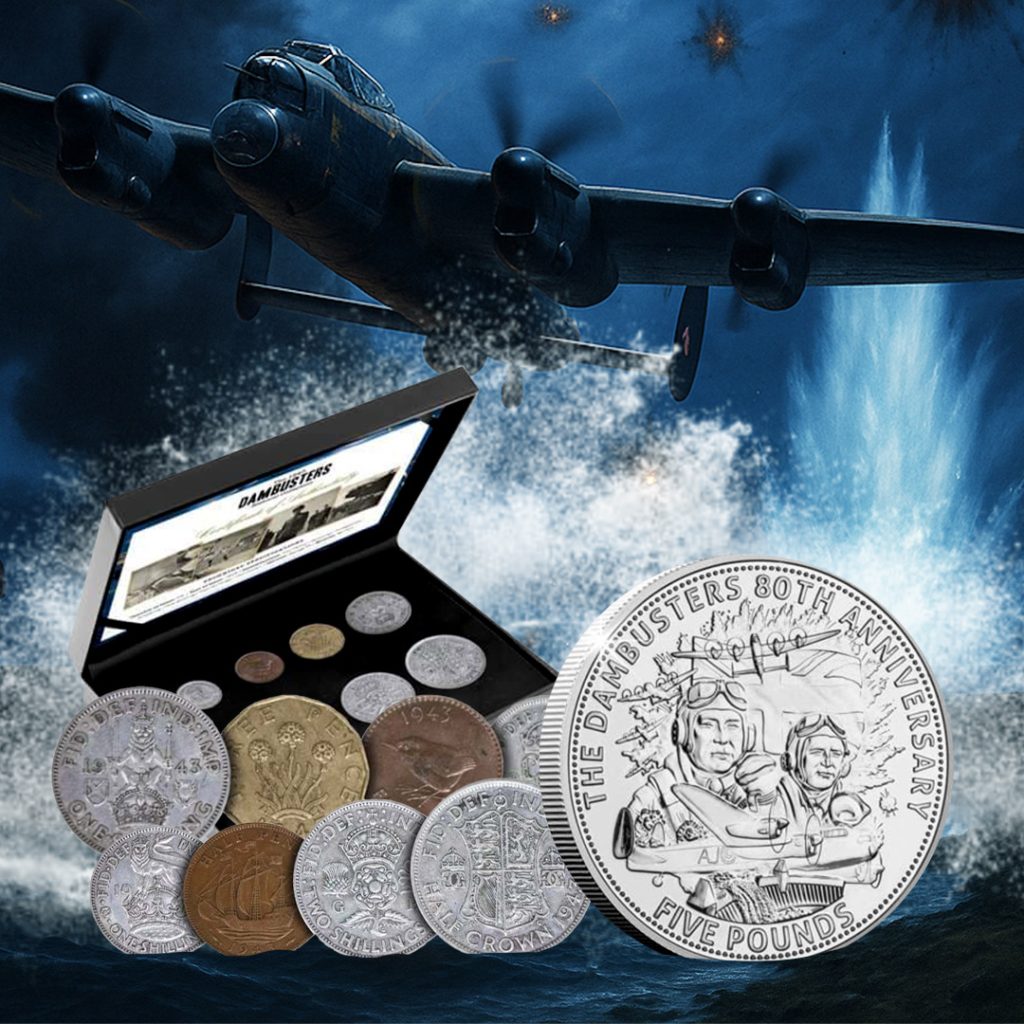
What Was the Dambusters Raid?
Led by Wing Commander Guy Gibson, 133 aircrew from the Royal Air Force’s newly formed 617 Squadron flew specially modified Lancaster bombers deep into enemy territory. Their mission: destroy the Möhne, Eder, and Sorpe dams using a revolutionary new weapon—the “bouncing bomb,” designed by British engineer Barnes Wallis.
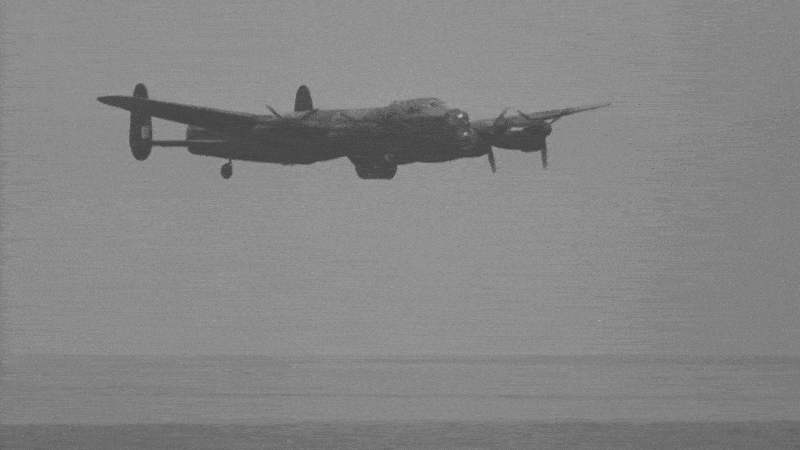
These bombs skipped across the surface of the water, bypassing torpedo nets, before detonating against the dam walls. The operation was incredibly risky, requiring precise flying at just 60 feet above the water under heavy enemy fire. The result was devastating: the Möhne and Eder dams were breached, flooding the surrounding countryside and causing significant disruption to German industry.
Although the raid came at a cost—53 airmen lost their lives—the bravery and ingenuity displayed left an indelible mark on military history.
A Rare Chance to Own a Piece of Dambusters History
To commemorate this heroic operation, two remarkable collectors’ items have been released—perfect for any WWII enthusiast or collector.
The Dambusters 1943 Historic Collection
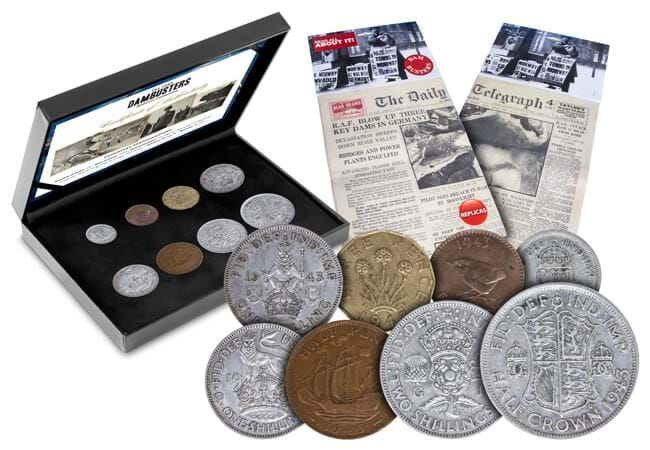
This stunning set features eight genuine circulating coins issued in 1943, the very same year as the Dambusters Raid. These coins are not replicas—they are authentic survivors of the war era, each carrying the legacy of a pivotal time in history.
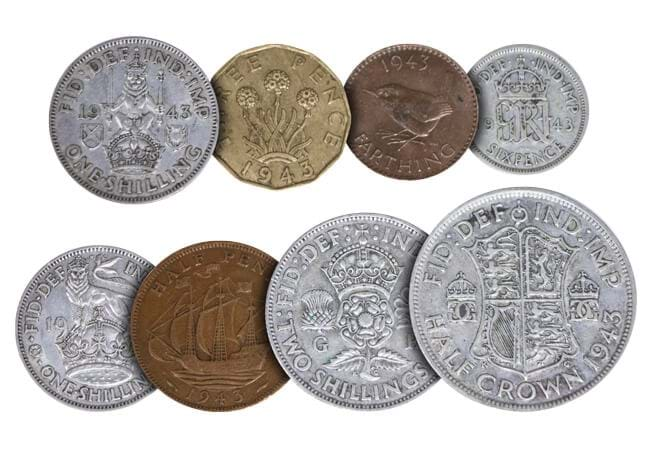
Also included is a replica of the original Daily Telegraph newspaper from May 18, 1943, giving you a vivid snapshot of how the raid was reported to the public in its immediate aftermath.
Housed in a luxury presentation case, this collection is strictly limited to just 200 worldwide—making it a rare and highly sought-after addition to any collection. With 2025 marking the 80th anniversary of VE Day, demand for wartime commemoratives like this is expected to soar.
The Official Dambusters 80th Anniversary £5 Coin
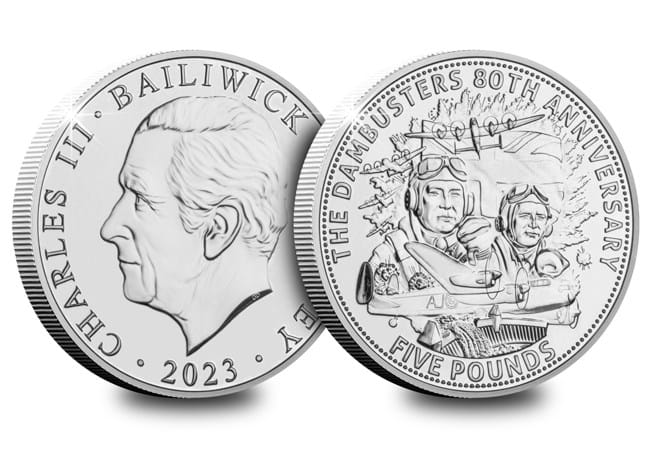
Released to mark the 80th anniversary of the raid, this official £5 coin has been authorised by Jersey and fully approved by Buckingham Palace. It’s an elegant tribute to the airmen and ground crews who participated in the mission, capturing the spirit of bravery and innovation that defined Operation Chastise.
Available exclusively from The Westminster Collection, this keepsake is yours for JUST £5 (+p&p) today when you trial the UK and British Isles £5 Coin Collection.
The Spitfire: Birth of a British Aviation Icon

On March 5, 1936, the skies above Hampshire witnessed an event that would reshape the course of aviation and military history. From Eastleigh Aerodrome (now Southampton Airport), the prototype of the Supermarine Spitfire took flight for the very first time—ushering in a new era of fighter aircraft engineering. With its elegant design and formidable performance, the Spitfire would soon become a symbol of British resilience in the face of war.
The Iconic Sound
↓ Hear the iconic sound of a Spitfire fly past. Click Play Below ↓
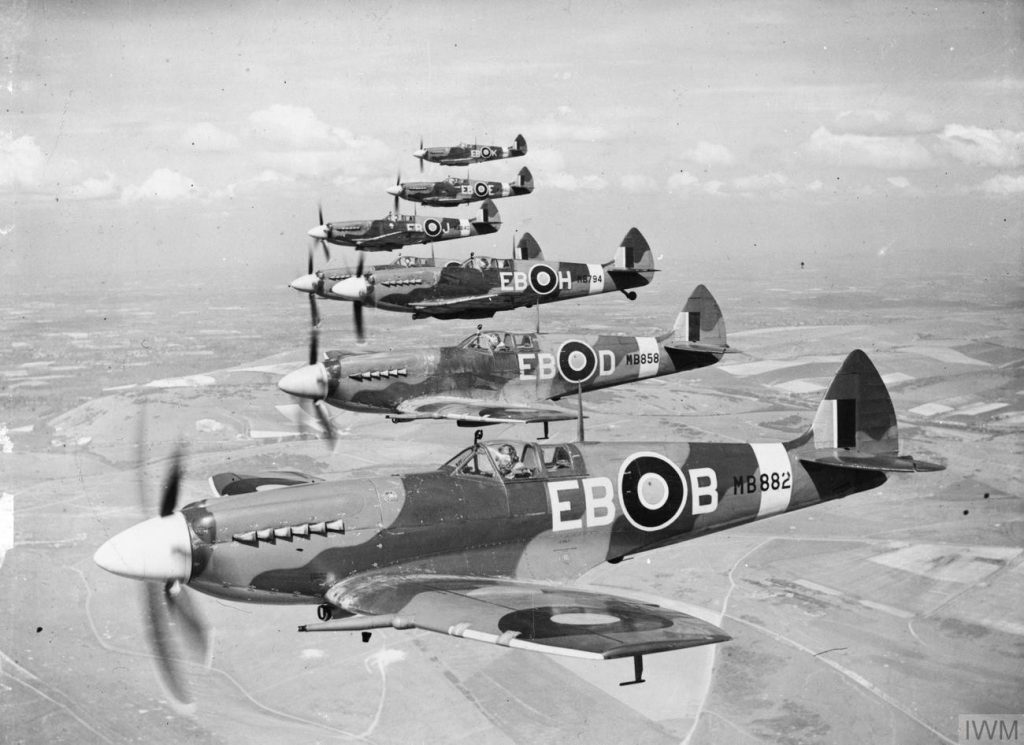
A Revolutionary Aircraft Takes Flight
The Spitfire was the masterpiece of Reginald J. Mitchell, the chief designer at Supermarine Aviation Works, part of Vickers-Armstrongs. Drawing from his experience designing high-speed racing seaplanes for the Schneider Trophy, Mitchell applied the same aerodynamic brilliance to the creation of a revolutionary monoplane fighter.
Did You Know? The Spitfire’s elliptical wing design wasn’t just stylish—it reduced drag and improved lift, giving the aircraft a tighter turning radius and better performance at high speeds than many of its contemporaries.
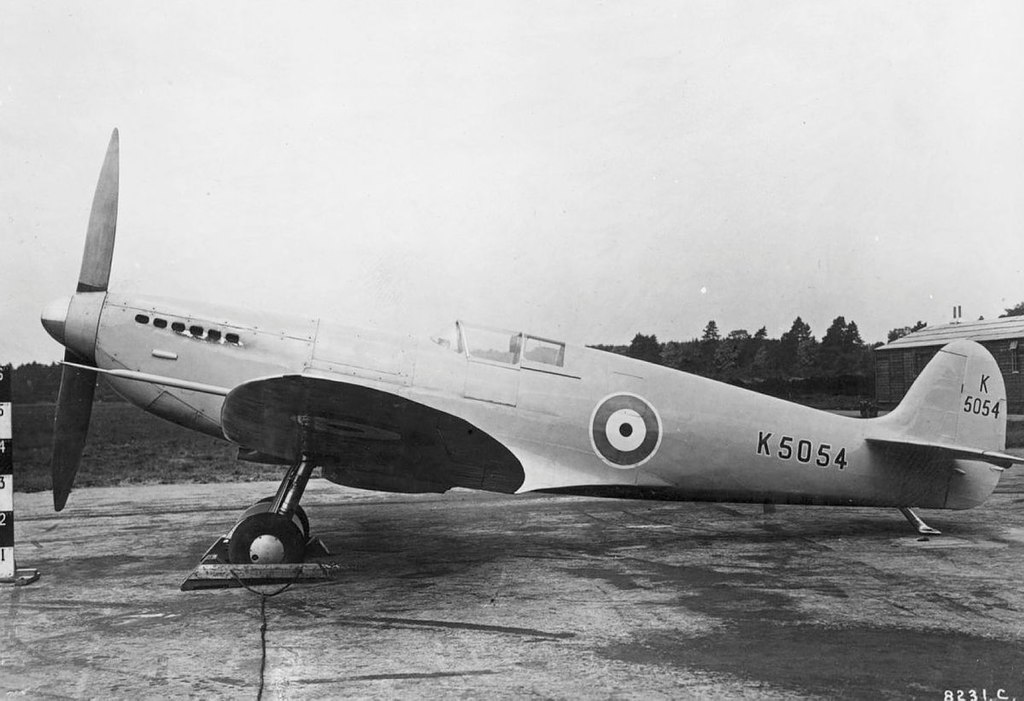
On that historic afternoon, test pilot Captain Joseph “Mutt” Summers climbed into the cockpit of prototype K5054. The aircraft, powered by the Rolls-Royce Merlin engine, performed so well during the short eight-minute maiden flight that Summers famously declared, “I don’t want anything touched!“
From Prototype to Production
The promising performance of the Spitfire’s first flight quickly caught the attention of the British Air Ministry. Just three months later, on June 3, 1936, an order for 310 Spitfires was placed, beginning what would become one of the most celebrated production runs in military aviation.
↑ Click the circles 🔴 in the image above to find out more about each part of the Spitfires Design. ↑
Did You Know? Over 20,000 Spitfires were built between 1936 and 1948, making it the most produced British fighter aircraft of World War II.
Despite early production challenges, the first units reached RAF squadrons by 1938, positioning the Spitfire as a critical asset just as tensions in Europe escalated.
Defender of Britain’s Skies
The Battle of Britain in 1940 cemented the Spitfire’s place in legend. While the Hawker Hurricane bore the brunt of the fighting, the Spitfire was instrumental in duels with the Messerschmitt Bf 109, Germany’s top-tier fighter. Its superior speed, rate of climb, and maneuverability made it a favourite among pilots and a feared opponent in the sky.
Did You Know? The Spitfire’s wings were so thin and strong that eight .303 Browning machine guns were housed within—an innovative feature at the time.
Its agility and speed became not only a tactical advantage but also a psychological one, bolstering the morale of Allied forces and the British public alike.
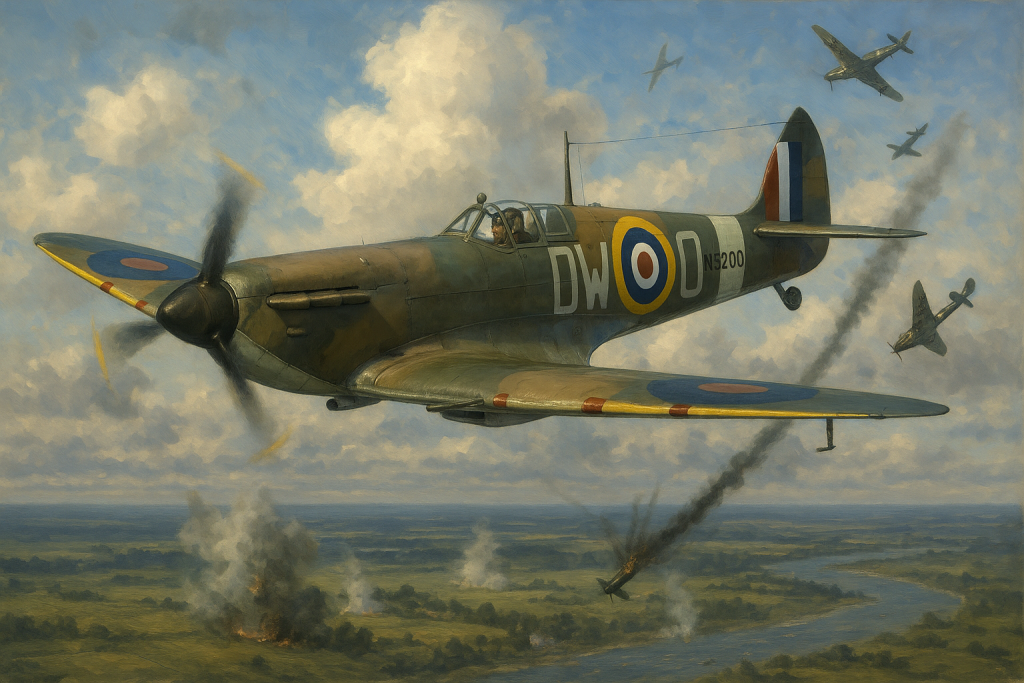
A Versatile and Evolving Design
The Spitfire was never a static design. Instead, it evolved through over 20 major variants, adapting to every phase of the war. As roles shifted, so did the aircraft: from interceptor to photo reconnaissance, from air superiority fighter to carrier-based Seafire.
Did You Know? Some Spitfires were specially equipped with cameras instead of guns and flew unarmed reconnaissance missions, providing vital intelligence over occupied Europe.
Later models even incorporated the Rolls-Royce Griffon engine, pushing the aircraft to greater altitudes and speeds.
The Legacy Lives On
Even decades after the guns fell silent, the Spitfire remains one of the most recognisable and admired aircraft in the world. Dozens of airworthy Spitfires still grace airshows and commemorative events, their distinctive Merlin engine roar still sending chills down the spine of all who hear it.

Did You Know? The name “Spitfire” was suggested by Sir Robert McLean, the then-chairman of Vickers, who reportedly described his spirited daughter as a “little spitfire.”
From wartime hero to timeless icon, the Spitfire continues to represent the innovation, courage, and determination of an era defined by conflict and triumph.
The Supermarine Spitfire’s first flight was more than a test—it was the beginning of a legend. Its combination of engineering brilliance, combat performance, and enduring symbolism has made it one of the most admired aircraft in history. From its role in defending Britain’s skies during World War II to its continued presence at airshows and in the hearts of aviation enthusiasts, the Spitfire is a testament to innovation and bravery.
Celebrate 85 Years Since the Battle of Britain

2025 marks the 85th anniversary of the Battle of Britain—a defining moment in British history where the Spitfire played a heroic role. To commemorate this significant milestone, we invite you to explore our exclusive range of Spitfire commemoratives, honouring both the aircraft and the brave pilots who flew them.
Stories of the Second World War UK 50p
The echoes of the Second World War are fading as those who lived through it pass on. Despite this, the tales of courage and resilience from those dark times remain vivid, capturing the spirit of a nation that stood bravely against fascism. As we look back, it’s crucial to preserve these stories, ensuring they continue to inspire future generations. Recognising this, a brand new UK 50p has been released, thoughtfully designed to echo the contributions of the British people during the war.
The Enduring Spirit of Wartime Britain
The courage of Britain’s people, both in combat and on the home front, played a pivotal role in the war effort. Every individual, whether soldier or civilian, contributed to a hard-fought victory, embodying a nationwide resolve that changed the course of history.
As time moves on, the personal accounts of this era grow more precious. They not only shed light on the struggles faced but also highlight the unyielding bravery that characterized a generation.
A Tribute in Metal
Crafted by artist Timothy Noad, the brand new 50p coin range features an artful arrangement of three iconic wartime medals: The War Medal 1939–45, The Defence Medal, and The 1939–45 Star, each symbolising different facets of wartime service and sacrifice.
- The War Medal 1939–45 was awarded to military personnel for full-time service.
- The Defence Medal celebrated those in non-combat roles and civilian duties essential to the war effort.
- The 1939–45 Star recognised service in active combat zones.
The Personal Accounts of WWII Veterans


As we reflect on the bravery shown during the Second World War, the personal stories of veterans who served offer invaluable insights. Among them are Bernard Morgan, Albert Price, Jack Mortimer, and Joe Mines, whose experiences during the Second World War, provide a direct connection to the past. Their recollections not only humanise the vast historical narrative but also enrich our understanding of the day-to-day realities of war.
- Bernard Morgan – Bernard Morgan was only 19 when he landed on Gold Beach as an RAF sergeant, making him one of the youngest sergeants to participate in the Normandy invasion.
- Albert Price – Albert Price’s wartime journey began with the 4th/7th Royal Dragoon Guards in 1942, two years before he would set foot on Gold Beach as an 18-year-old gunner.
- Jack Mortimer – Jack vividly recounts the daunting scenario as he landed on Sword Beach, surrounded by a massive assembly of ships, vehicles, tanks, and artillery.
- Joe Mines – As a member of the Royal Air Force, Joe provided critical air support during the landings, his accounts highlight the aerial challenges and the crucial support provided to ground troops.
Their stories ensure that the lessons and legacies of that pivotal day are remembered and passed on to future generations.
This new UK 50p release does more than enrich a collection, it serves as a potent emblem of the resilience and valour of wartime Britain. By holding this coin, we hold a piece of history, a reminder of the sacrifices made for freedom. Such tributes help keep the legacy of the past alive, inspiring us with the strength and spirit of those who came before us.
Through remembering and honouring these stories, we commit to learning from them, ensuring that the lessons of courage and resilience endure.

